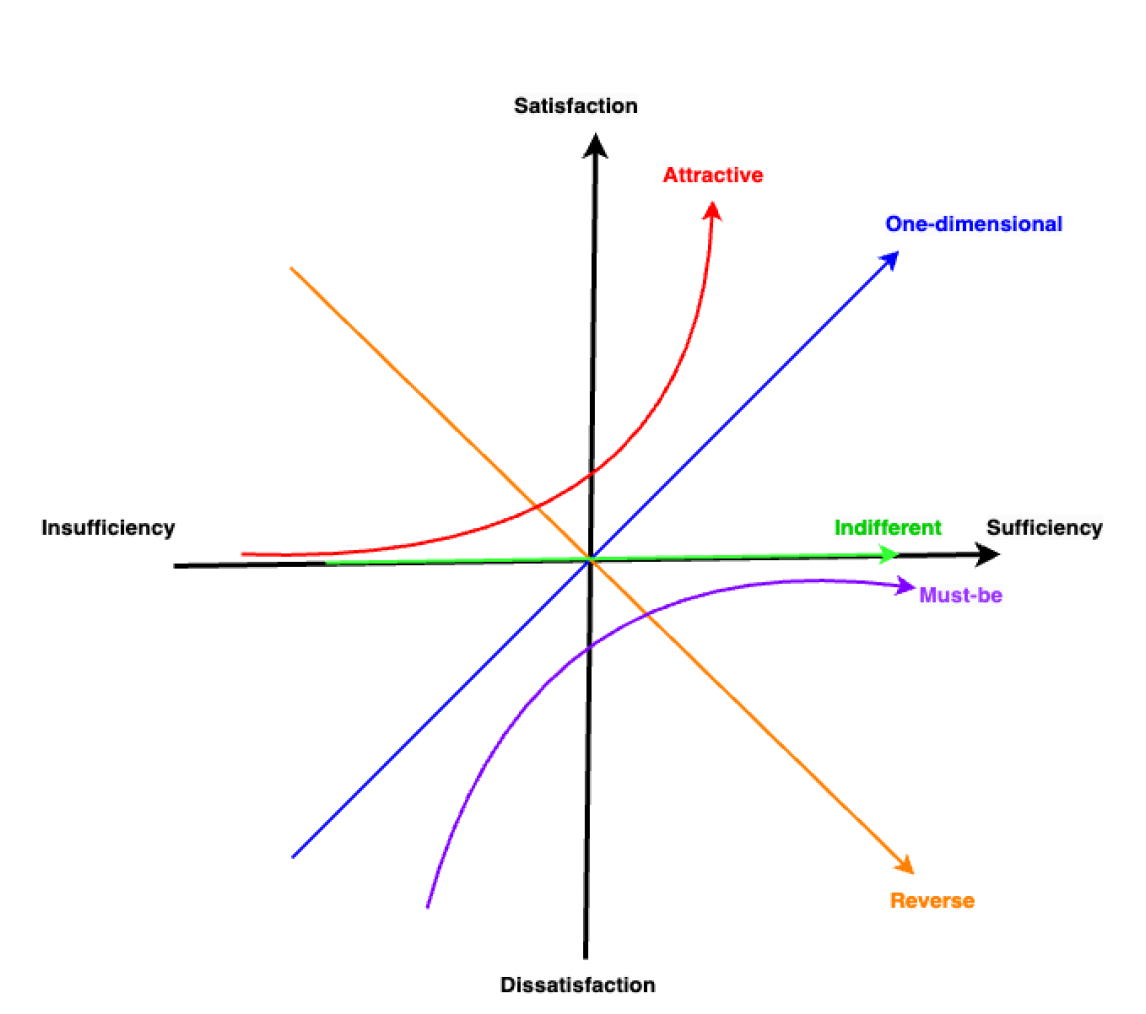Project 1
Healthcare Robots at Home for Older Adults
Healthcare robots at home are becoming increasingly essential for promoting the independence of older adults. However, their widespread acceptance is often hindered by unclear optimal design features. This research aims to deepen our understanding of the most beneficial features for healthcare robots tailored for the elderly. Our investigation focuses on two primary research questions:
- How do older adults organize and prioritize their needs and preferences regarding the current features of healthcare robots?
- Whether and how an individual’s knowledge about robot technology and their attitudes towards robots influence the feature preferences of older adults?
To answer these questions, we began by compiling a comprehensive list of healthcare robot features from existing literature. Next, we crafted a survey grounded in the Kano model, which classifies user preferences into five categories, shedding light on how features influence user satisfaction and, ultimately, acceptance. These categories are:
- Must-be features: Expected by customers and taken for granted. Their presence does not lead to satisfaction, but their absence causes dissatisfaction.
- Example: brakes on a car.
- One-dimensional features: Features that result in satisfaction when fulfilled and dissatisfaction when not fulfilled.
- Example: fuel efficiency in a car.
- Attractive features: Features that lead to satisfaction when present but do not cause dissatisfaction when absent.
- Example: built-in massage chair in a car.
- Indifferent features: Features that have minimal impact on user satisfaction, offering little benefit or drawback.
- Example: the color of a screw used in a car.
- Reverse features: Features that cause dissatisfaction when included in a product.
- Example: a very complicated user manual in a car.

This survey reached 253 older adults in the United States. By applying the Kano model, we organized healthcare robot features into above-mentioned categories and assessed how each influenced user satisfaction or dissatisfaction. For instance, we found that features mimicking animal-like appearances are categorized as reverse features, indicating that such features should be omitted from robot designs. Moreover, our analysis revealed distinct preferences among participants with varying knowledge and attitudes toward robots.
Publication
- Zhang, Q., Zhou, F., Robert Jr, L. P., & Yang, X. J. (2024, March). Designing Healthcare Robots at Home for Older Adults: A Kano Model Perspective. In Companion of the 2024 ACM/IEEE International Conference on Human-Robot Interaction (pp. 1183-1187).